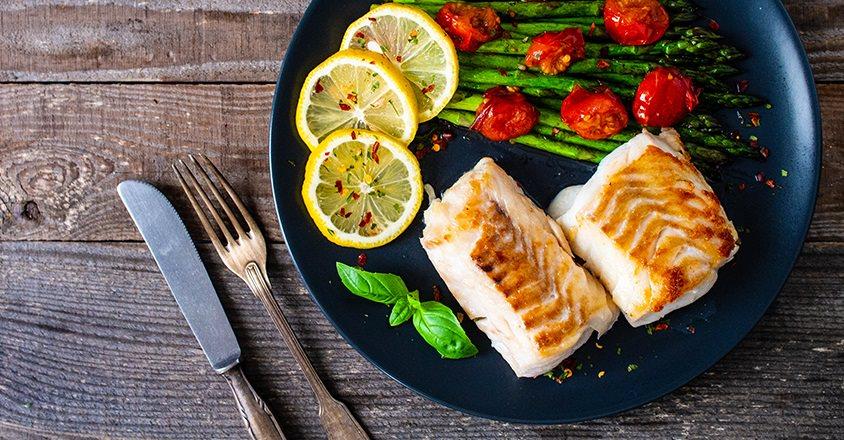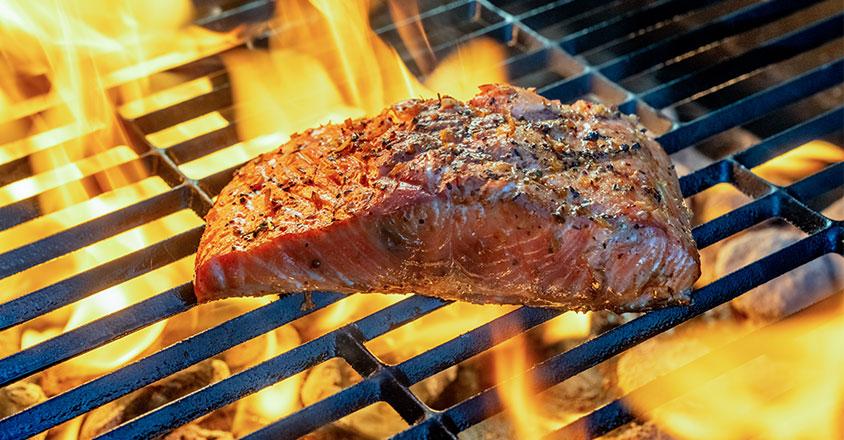Gardening is good for your health
Have you ever wondered why gardeners always look so happy? Maybe it comes from the satisfaction of seeing a plant flourish. Or maybe there’s some scientific reasons why. Herb your enthusiasm! If you’re considering a new hobby, gardening has the health benefits you may be looking for.
Exposure to vitamin D
In the spring and summer months, gardeners spend lots of time outside tending to their plants and flowers. When it’s sunny, gardeners get vitamin D from the sun. The 2021 Journal of Clinical Medicine says that vitamin D is shown to reduce symptoms of depression and negative emotions. It’s estimated that around 50% of the world’s population suffers from vitamin D insufficiency. Taking time to be in the sunlight can have a positive impact on your mental health. Remember to always wear sunscreen when you’re in the sun.
Improve strength
Gardening is a way to ease into physical activity. You don’t need to lift heavy bags of mulch or push a wheelbarrow around to get exercise. The act of squatting down to your flower beds increases the strength of your muscles. Using gardening tools in the soil improves the movement in your hands and fingers. Moving your body outside can burn as many calories as you would in a gym.
Social interaction
According to the Alzheimer's Association, social interaction reduces rates of disability and mortality. Gardening tends to be a social activity. There are typically many gardening groups and community gardens to join. Join the shrub to support your brain health.
Enjoy your harvest
If you garden fruits or vegetables and are skilled enough to have a bountiful harvest, you will enjoy the efforts of your hard work in the kitchen. Adding these to your diet can help improve your overall health. If you grow plants and flowers, a NASA study shows bringing some into your home can cleanse toxins from the air.
It’s not hard to beleaf that gardening improves both your mental and physical health. Try your hand at gardening this year to reap the benefits. You may uncover a green thumb you never knew about.
Genesis HealthCare System’s Health and Wellness content conveniently provides accurate and helpful information. Your health history and current health may impact suggestions provided through our Health and Wellness content. Although we hope this information is helpful, it is not a substitute for your doctor's medical advice. Before making any significant changes, please consult your doctor.

Herb your enthusiasm! If you’re considering a new hobby, gardening has the health benefits you may be looking for.













